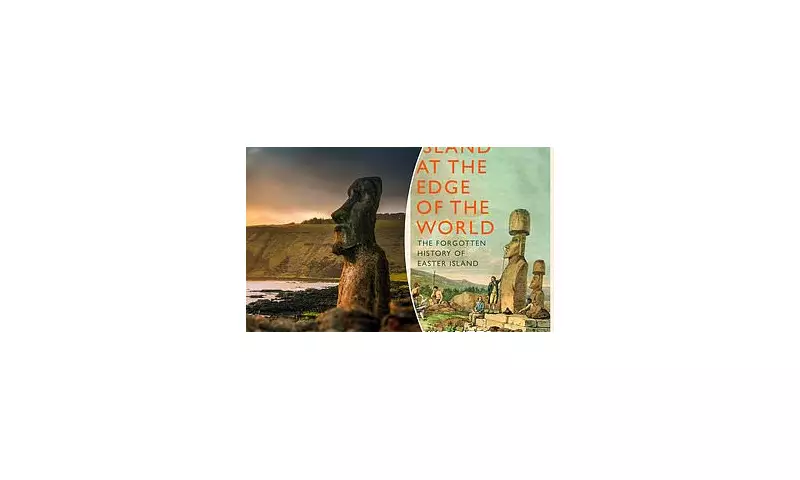
For centuries, the haunting moai statues of Easter Island have stood as silent witnesses to one of history's greatest mysteries: how did this sophisticated Polynesian civilisation suddenly collapse? In his compelling new book 'Island on the Edge of the World', renowned archaeologist Mike Pitts delivers startling revelations that challenge everything we thought we knew about Rapa Nui's dramatic downfall.
The Myth of Ecological Suicide
Conventional wisdom has long painted a picture of environmental recklessness - a society that recklessly deforested their island home into oblivion. However, Pitts presents compelling archaeological evidence that tells a very different story.
'The narrative of ecological suicide is simply too neat,' Pitts argues. 'The reality is far more complex and reveals a society that was remarkably resilient and adaptive.'
European Contact: The Real Catalyst for Collapse
Pitts makes a convincing case that the true devastation came not from internal environmental mismanagement, but from external forces. The arrival of European explorers and the diseases they brought proved catastrophic for the island's population.
The book details how:
- European diseases decimated the native population
- Slave raids in the 1860s nearly wiped out remaining inhabitants
- Cultural destruction and forced relocation completed the collapse
Rethinking the Moai's Purpose
Pitts also offers fresh insights into the island's famous stone giants. Rather than representing oppressive rulers, he suggests the moai served as spiritual guardians and community unifiers.
'These weren't symbols of ecological arrogance,' Pitts writes, 'but rather profound expressions of cultural identity and spiritual belief that helped bind society together.'
A Lesson in Cultural Resilience
What emerges from Pitts' meticulous research is a story not of failure, but of remarkable adaptation. The Rapa Nui people demonstrated incredible ingenuity in managing their limited resources on the world's most isolated inhabited island.
The book serves as both a historical correction and a powerful reminder of how vulnerable indigenous cultures can be to external threats. It's a narrative that resonates strongly in our current era of global interconnectedness and environmental challenges.
Pitts' work represents a significant shift in archaeological thinking, forcing us to reconsider not just Easter Island's past, but how we interpret the rise and fall of civilisations everywhere.





